When it comes to outdoor applications, whether for construction, landscaping, or recreational purposes, the choice of materials is paramount. The right material can withstand the elements, resist wear and tear, and maintain its aesthetic appeal over time. This article delves into various materials that excel in outdoor environments, examining their properties, advantages, and ideal applications.
Understanding Outdoor Challenges
Before we explore specific materials, it’s essential to understand the challenges they face outdoors. Factors such as UV radiation, moisture, temperature fluctuations, and physical wear can significantly impact material performance. Therefore, selecting materials that can withstand these conditions is crucial for longevity and functionality.
- Wood: The Classic Choice
Properties:
Wood is a traditional material known for its natural beauty and versatility. However, not all wood is created equal. Hardwoods like teak and mahogany are more resistant to decay and insects compared to softwoods like pine.
Advantages:
- Aesthetic Appeal: Wood offers a warm, natural look that blends well with outdoor settings.
- Workability: It can be easily cut, shaped, and finished to suit various designs.
Ideal Applications:
- Decking
- Outdoor furniture
- Fencing
Considerations:
To enhance its durability, wood should be treated with preservatives and finishes that protect against moisture and UV damage.
- Metal: Strength and Resilience
Properties:
Metals such as aluminum, stainless steel, and galvanized steel are known for their strength and resistance to corrosion. Aluminum, in particular, is lightweight and does not rust, making it ideal for outdoor use.
Advantages:
- Durability: Metals can withstand extreme weather conditions and physical impacts.
- Low Maintenance: Most metals require minimal upkeep compared to other materials.
Ideal Applications:
- Outdoor structures (e.g., pergolas, railings)
- Furniture
- Fixtures and fittings
Considerations:
While metals are generally durable, they can be susceptible to scratches and dents. Protective coatings can enhance their longevity.
- Composite Materials: The Best of Both Worlds
Properties:
Composite materials, often made from a blend of wood fibers and plastic, offer the aesthetic appeal of wood with the durability of synthetic materials. They are engineered to resist fading, staining, and mold.
Advantages:
- Low Maintenance: Unlike traditional wood, composites do not require regular sealing or staining.
- Eco-Friendly Options: Many composites are made from recycled materials.
Ideal Applications:
- Decking
- Fencing
- Outdoor furniture
Considerations:
While composites are durable, they can be more expensive upfront compared to traditional wood.
- Stone and Brick: Timeless Durability
Properties:
Natural stone and brick are among the most durable materials available. They are resistant to weathering, pests, and fire, making them ideal for various outdoor applications.
Advantages:
- Longevity: Stone and brick structures can last for decades, if not centuries.
- Aesthetic Versatility: Available in various colors and textures, they can complement any design style.
Ideal Applications:
- Patios and walkways
- Retaining walls
- Outdoor kitchens
Considerations:
While stone and brick are incredibly durable, they can be heavy and may require a solid foundation for installation.
- Synthetic Fabrics: Weather-Resistant Textiles
Properties:
For outdoor upholstery and canopies, synthetic fabrics such as acrylic and polyester are designed to resist fading, mildew, and water. These materials are often treated with UV inhibitors to enhance their durability.
Advantages:
- Color Retention: Synthetic fabrics maintain their color and integrity even after prolonged exposure to sunlight.
- Easy Cleaning: Most synthetic fabrics can be easily cleaned with soap and water.
Ideal Applications:
- Outdoor furniture cushions
- Awnings
- Tents and canopies
Considerations:
While synthetic fabrics are durable, they can be less breathable than natural fibers, which may affect comfort in hot weather.
Conclusion: Making the Right Choice
Choosing the right material for outdoor applications involves understanding the specific environmental challenges and the intended use. While wood, metal, composites, stone, and synthetic fabrics each have their unique advantages, the best choice will depend on factors such as aesthetics, maintenance, and budget.
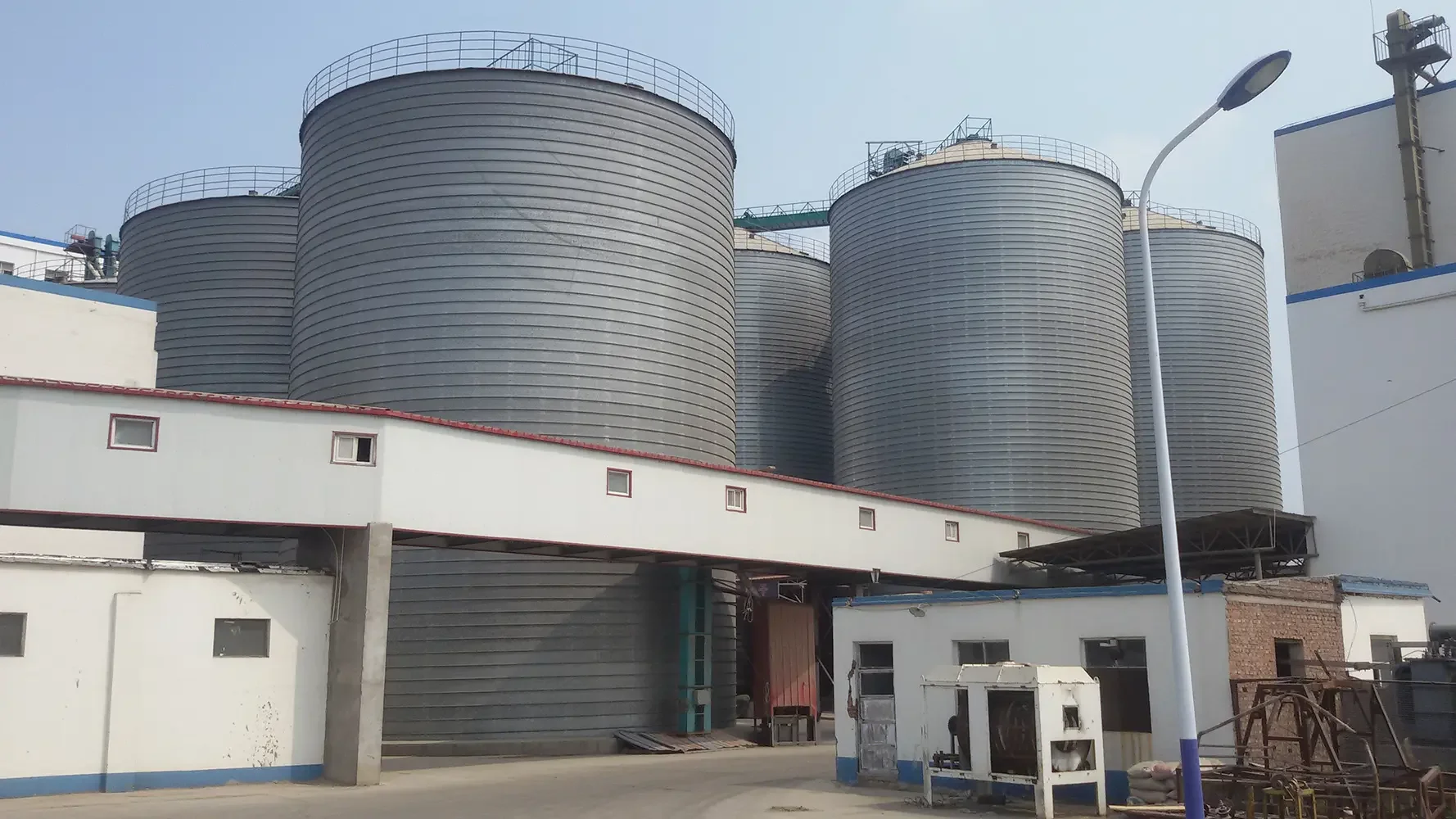
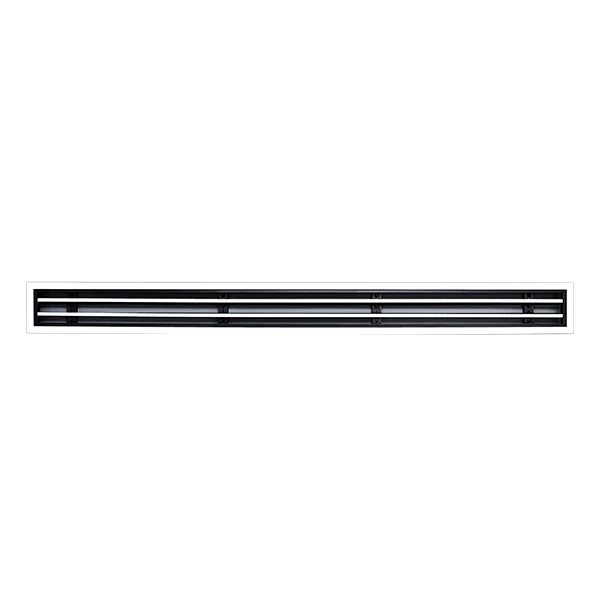
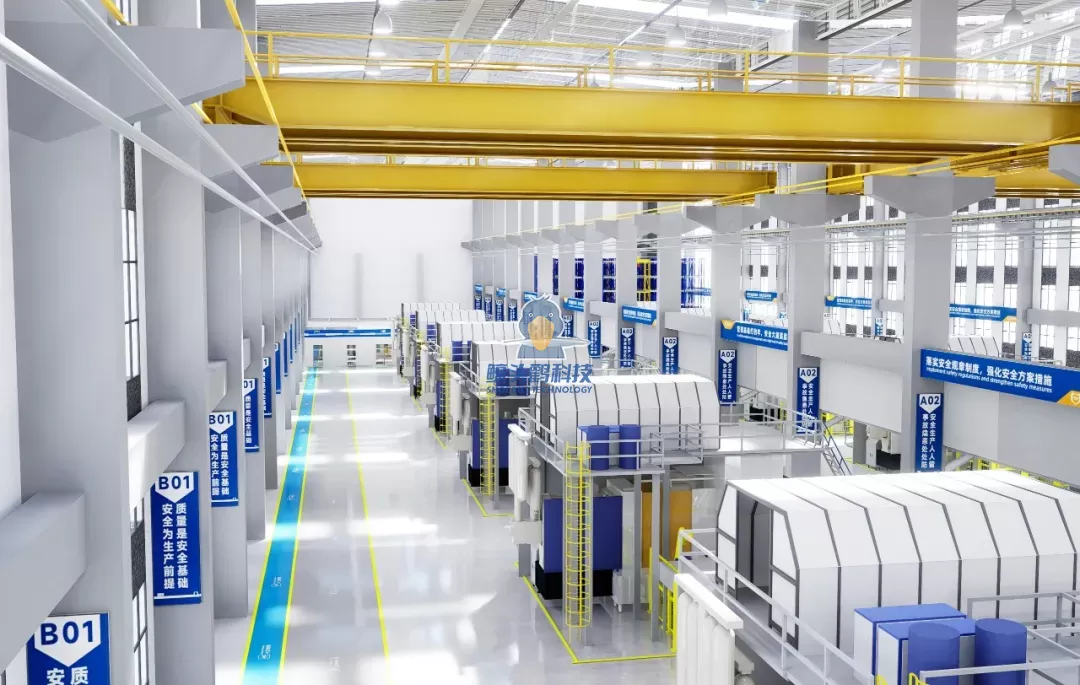
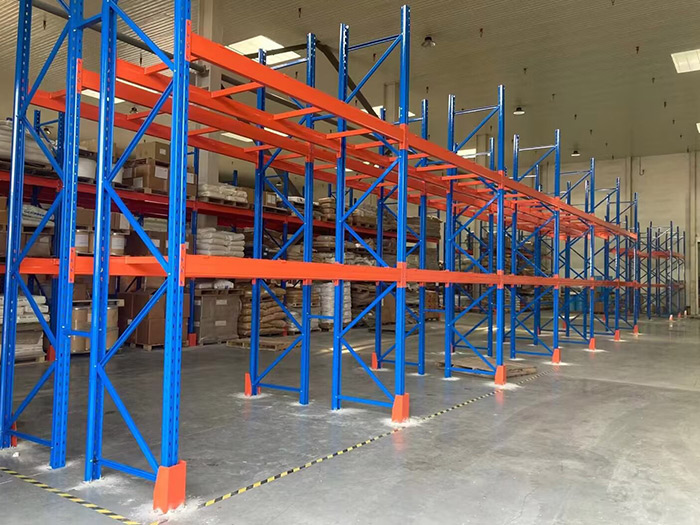
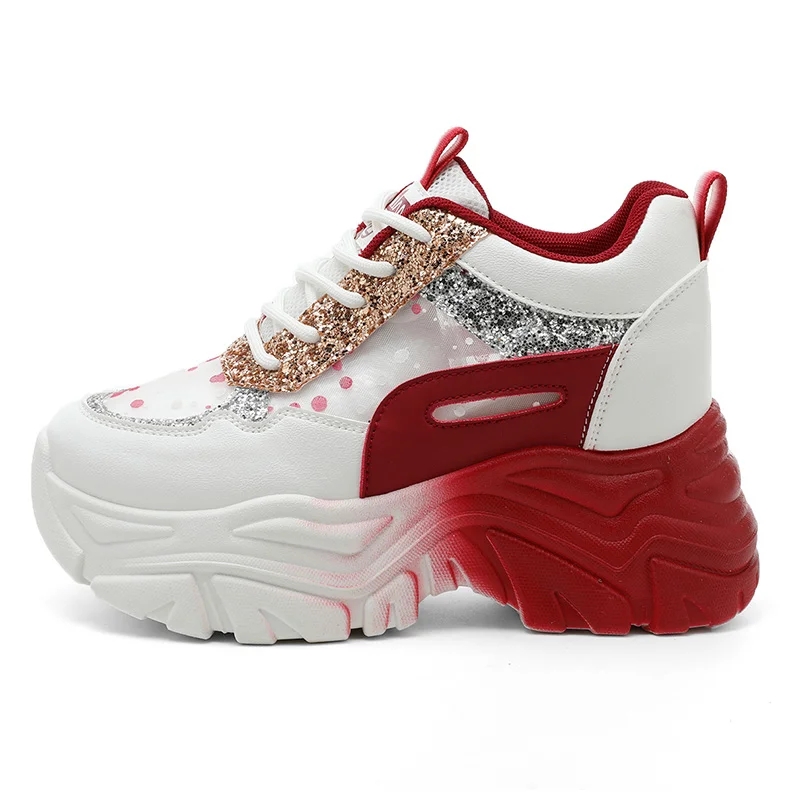

+ There are no comments
Add yours